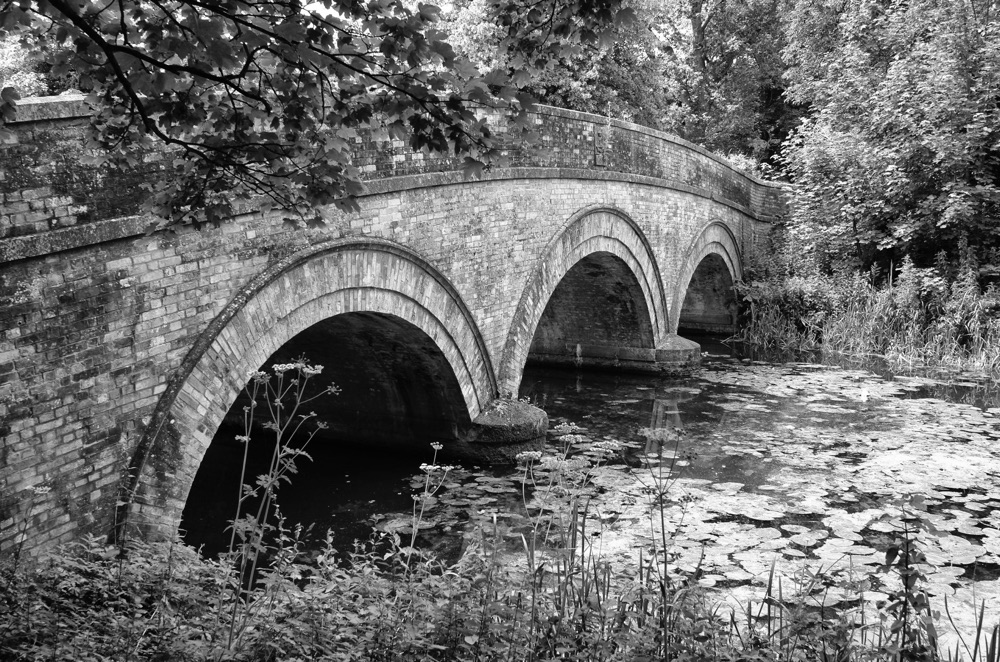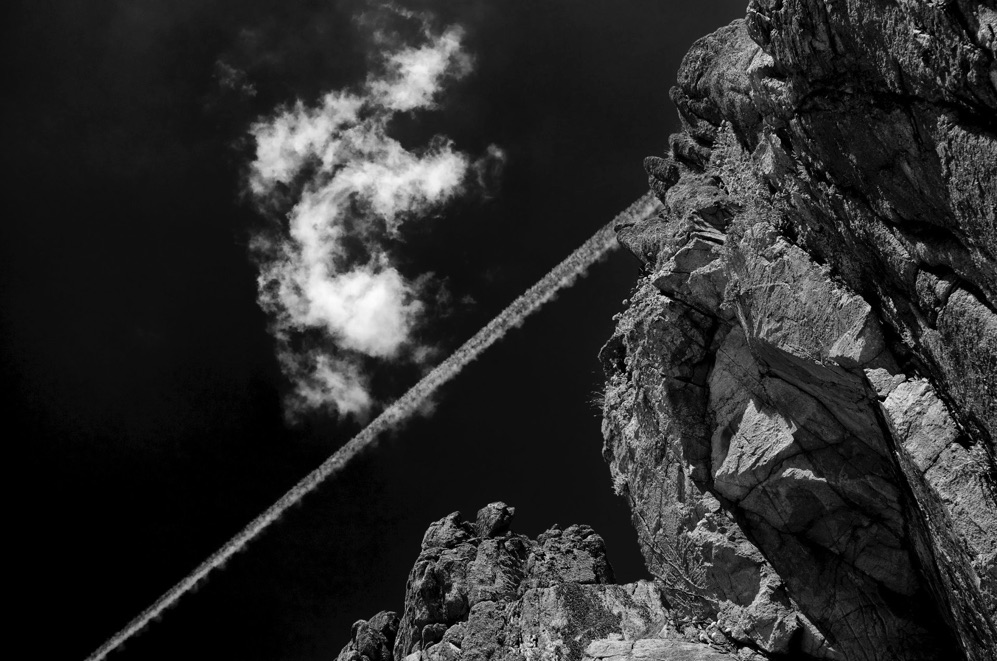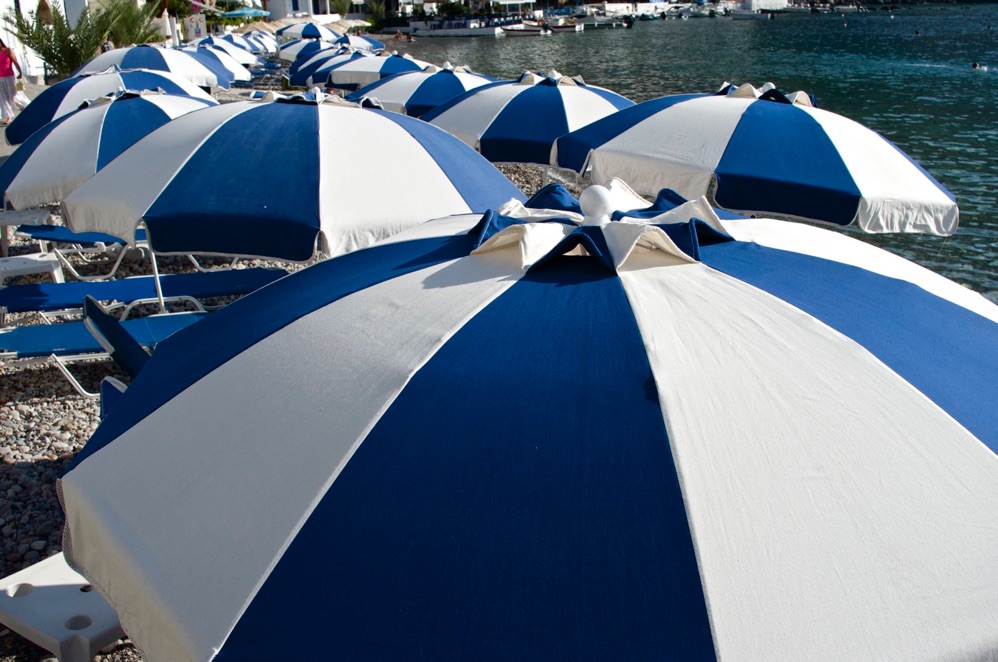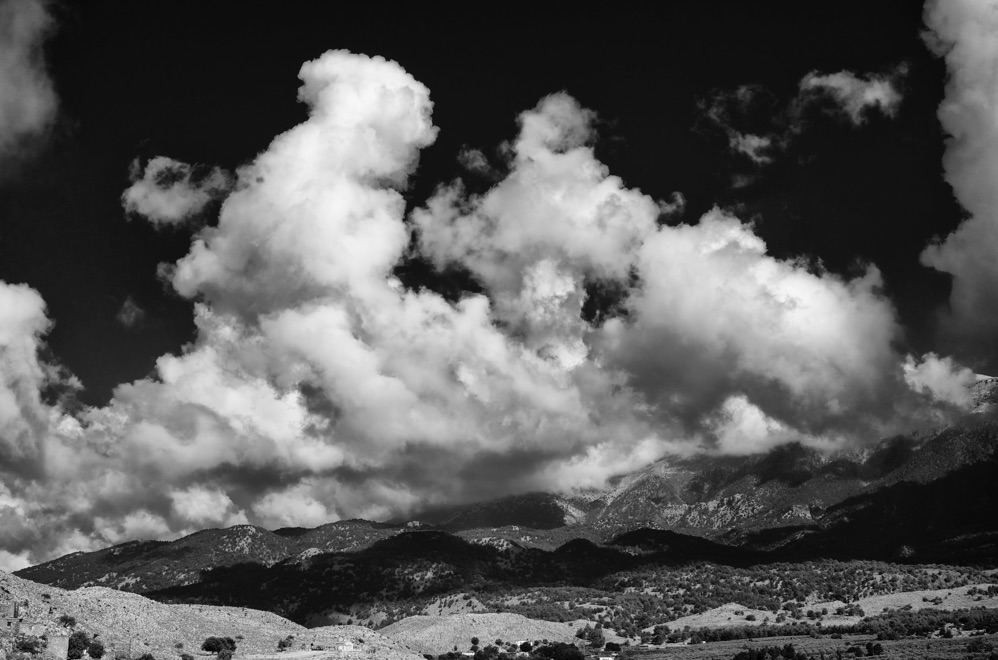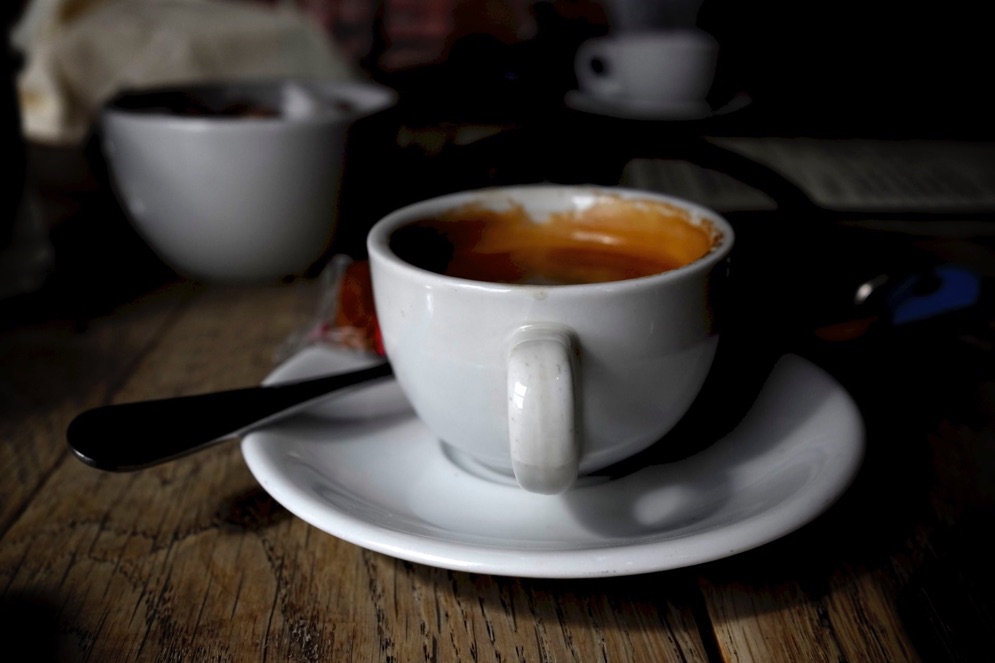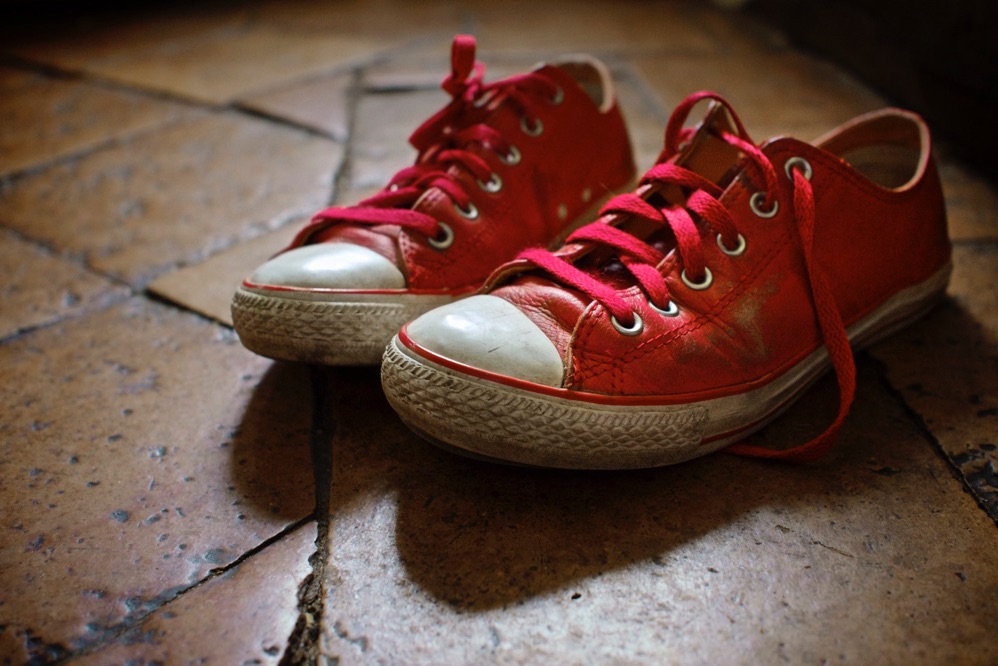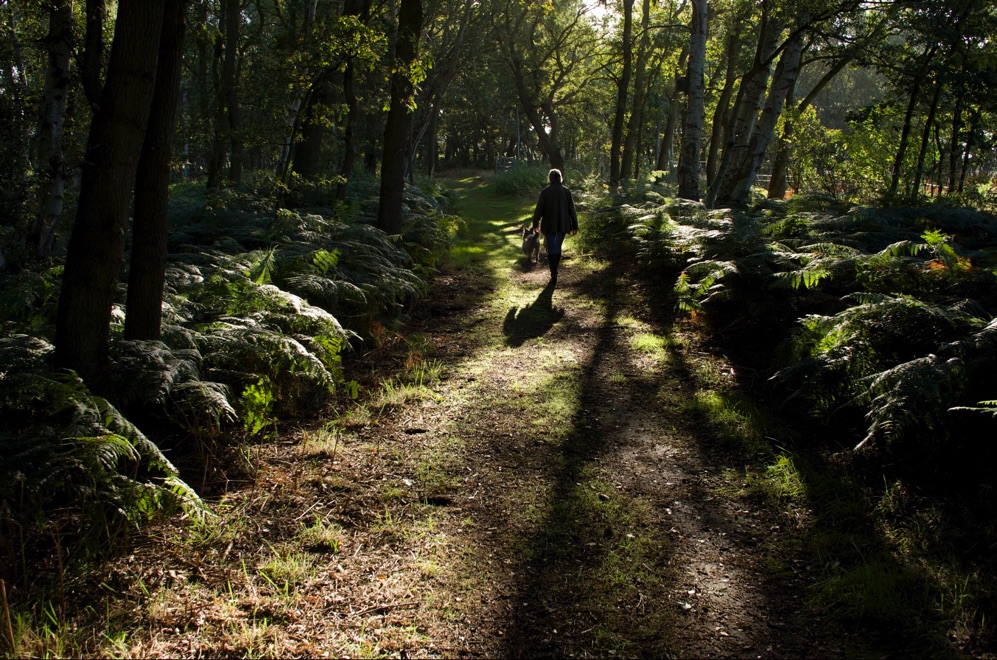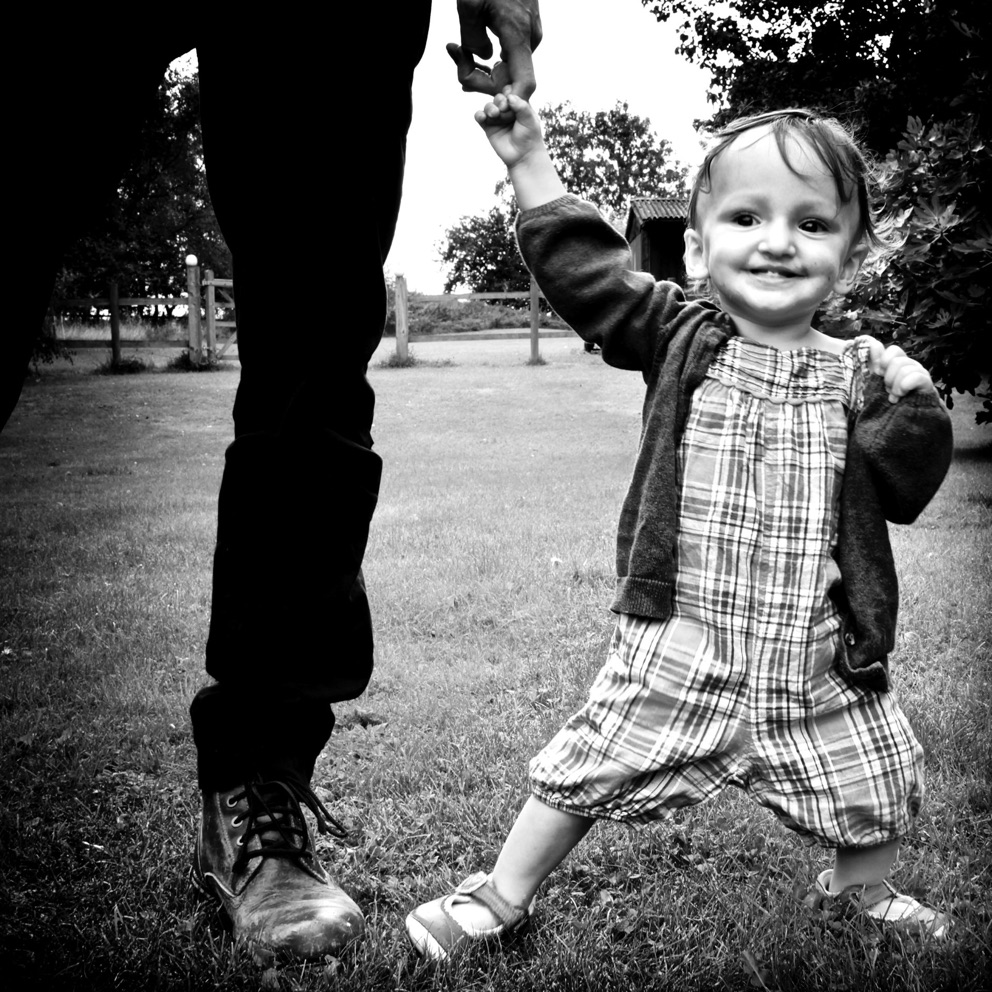Anna-Louisa - Leica X (Typ 113)

Introduction
In 2009 Leica surprised everyone by bringing out an autofocus camera with an 12mp APSc sensor and a fixed 35mm equivalent f2.8 lens. In 2012 they refined the concept in the same body, releasing the X2, this time with a 16mp sensor and better response times, with the option of using an optional external viewfinder (a 1.44m dot unit.)
The X-Vario came in 2013, this had the same sensor as the X2 in a slightly larger body with a 28-70mm (equivalent) lens. Leica designed the lens for optimum optical performance in a small package; the compromise needed to make this possible was to make the lens variable aperture and rather slow (f3.5 - f6.4). The LCD was upgraded to a 920k dot unit, and the X-Vario used the same EVF as the Leica X2 and the Leica M (typ 240).
The X-Vario received a mixed reception as a result of the slow lens, and some questionable publicity material. However, it has come to be much appreciated by lots of photographers as an elegant and no-nonsense travel camera with really fantastic image quality. The recent firmware update has improved the camera further.
This brings me to Leica’s newest X camera - code named Anna-Louisa, but now to be the Leica X (typ 113). It uses the same basic body as the X-Vario but with a fixed 35mm equivalent f1.7 lens.
I’ve been testing the camera since July, including a 2 week trip to Crete (where this article is being written). As a tester for Leica, my allegiance is to Leica, and if I find things wrong with the camera, then my duty is to tell Leica about it rather than the world in general. On the other hand, Leica have never had any influence over what I write, and I wouldn’t dream of saying anything that I don’t consider to be absolutely true.
The Body
The Leica X (typ 113) is a small 16mp APSc camera with a fixed lens: the 23mm f1.7 Summilux Aspherical. The body is just a little smaller than a classic M6. Like the other X cameras it has shutter speed and Aperture dials on the top plate, together with a video button. Setting the Aperture dial to A gives you Shutter priority, setting the Shutter speed dial to A gives you Aperture priority and setting both to A gives you program mode.
The rear of the camera has the same large 920,000 dot LCD as the X-Vario. On the right hand side it has a thumbwheel which also serves as a thumb rest. There is also a three way switch; up for exposure compensation, left for self timer and right for flash settings (this only works when the popup flash is popped up). In the centre is the Info button which changes the display settings. The thumb wheel and the switch are now in black (unlike the chrome of the X-Vario).
On the left hand side of the LCD are the buttons with the same layout as the X-Vario, from the top
Play
Delete / Focus (delete in Play mode, focus options when in AF mode)
WB (White Balance)
ISO
Menu/Set
The whole setup is elegant and well thought through: both flexible and straightforward.
The only other change from the X-Vario is the hot-shoe. This is the same as the Leica T, with the EVF connector in the inside edge; the Typ 113 uses the same Visoflex EVF as the Leica T with a 2.36 million dot unit (probably the same basic unit as the Sony A7, the Olympus E-M1 and the Fuji X-T1).
The Lens
Finally! A fast lens in a Leica X camera, and this lens is a real cracker - it’s a 23mm f1.7 (35mm equivalent). It’s commendably small, and has internal focusing, so that it doesn’t change length, either when the camera is switched on, or during focusing. It has a proper manual focus ring, with a distance scale, unlike the normal ‘focus by wire’ found on similar, small, fixed focal length cameras. Auto Focus is enabled by turning the focus ring beyond infinity (there is a firm detent).
The lens focuses right down to 20cm, although (like the Leica T) the maximum aperture is reduced to f2.8 at the closest focus distance to ensure the best image quality
Ergonomics and Operation
Although larger than the X1 and X2, many will feel that Anna-Louisa is the perfect size for street and travel photography. The thumb wheel housing acts as a good stability aid (smaller but almost as good as the winder lever on an M6) and the controls are perfectly clear and obvious; there are no programmable buttons, and the only button which changes it’s function is the Delete/Focus button.
Of course, it would be nice to have a built in EVF, but the new Visoflex works well with the camera. Unlike the old EVF on the Leica M and the X-Vario it has an eye level sensor, so there is no need to press a button to change from LCD to EVF.
Anna-Louisa is certainly no sports camera, but it is responsive and there are no obvious delays when shooting.
The shutter is almost silent and shutter lag is minimal. Auto focus is quick (although less reliable at closest focus and infinity - hopefully this can be improved with a firmware update). Manual focus with the proper focus ring is a joy, and although the camera doesn’t have Focus Peaking, it does have the central square zoom in focus assist of the X-Vario.
Conclusion
The new arrangement with the higher resolution EVF and the eye sensor LCD/EVF transfer are real improvements over the X-Vario. Added to this all the good points of the X-Vario in terms of controls and ergonomics have been retained.
To my mind the Leica X (Typ 113) is the X camera come of age. Straightforward and logical operation coupled with a familiar form factor and a wonderful fast lens. It doesn’t offer the bells and whistles of some of the competition, but it does offer manual control of Shutter Speed, Aperture, Focusing, White Balance, ISO and exposure compensation all with labelled controls, it also has the fastest lens in it’s class.
